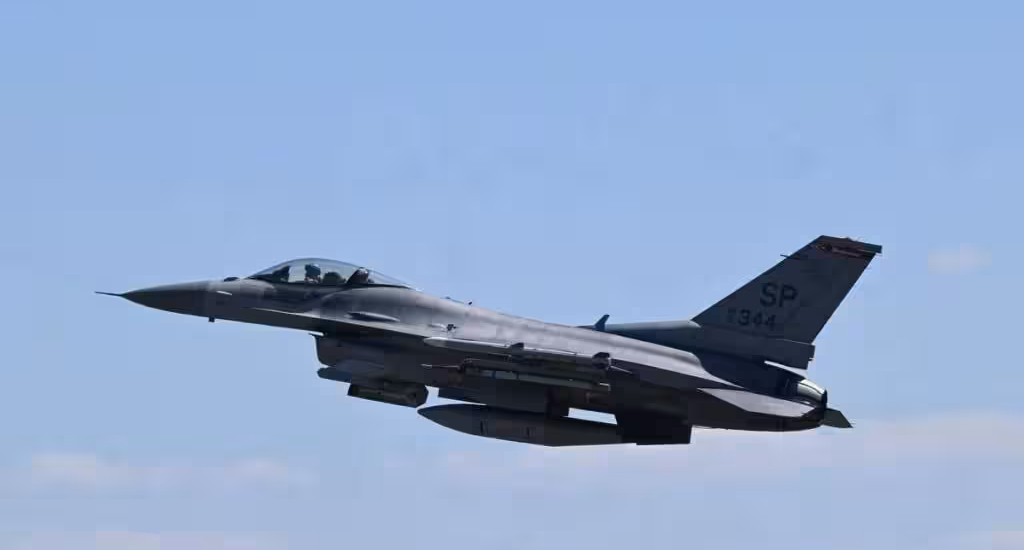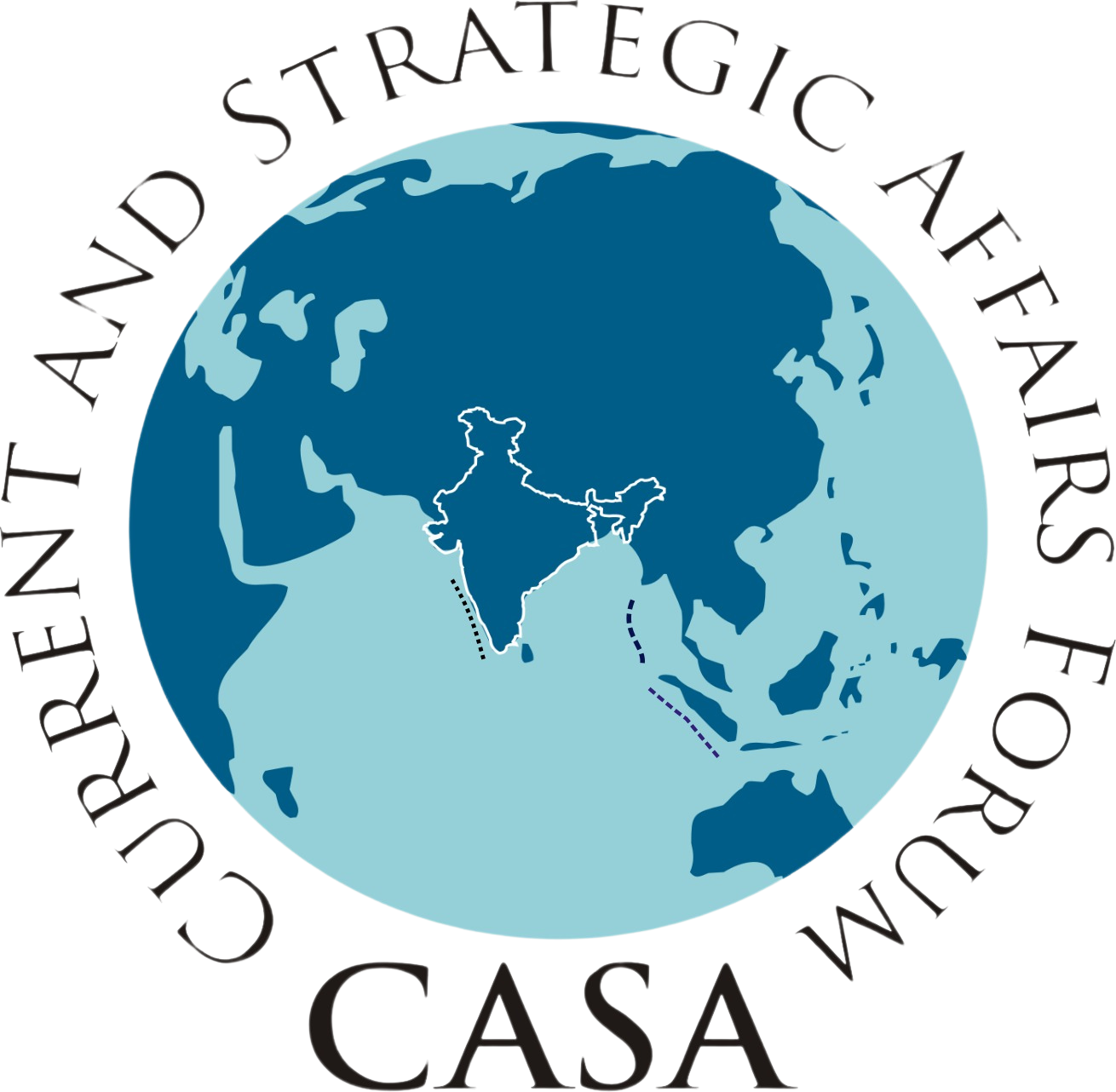Military Unmanned Aerial Systems: Establish a Specialised Corps for Operational Excellence
- February 19, 2024
- Posted by: admin
- Category: Russia

Russians innovate anti-UAS measures which included the use of anti-UAV drones, electromagnetic anti-drone measures, physical destruction and changing tactical battle drills.
By Col Ashwani Sharma
The exponential growth of drone technology has revolutionised military operations, introducing new possibilities and challenges. As drones become increasingly prevalent across diverse military domains, the need for a focused and dedicated approach to their deployment and training becomes evident. The same goes for anti-drone systems.
The proliferation of Unmanned Aerial Vehicles (UAVs) and drones has reshaped the landscape of modern warfare, offering unprecedented versatility, cost-effectiveness, and the ability to operate in high-risk environments without fear of losing highly trained military personnel.ALSO READTowards Self Reliance: DAC approves proposals worth Rs 84,560 Cr.; More Airbus C295 for Maritime RoleIndian Air Force Demonstrate Formidable Firepower at Pokhran RangeIndia’s spy in the sky! Know all about military-grade satellite’s April launch, Bengaluru command center and moreIndia and Central Asia connecting for mutual benefitALSO READTanker in Gulf of Oman boarded by men in military uniforms in apparent seizure in Mideast waters
The conflict between Azerbaijan and Armenia in 2020 over the Nagorno-Karabakh region saw significant use of unmanned aerial vehicles (UAVs) and drones for the first time. Drones played a crucial role in intelligence gathering, surveillance, and precision strikes, influencing the dynamics of the conflict, and altering the course of war in favour of Azerbaijan. Armenia, whose military enjoyed a technological edge, until the UAVs appeared on the battlefield was in for a rude shock. Azerbaijan used the Turkish Bayraktar TB2, Israel HAROP, Orbiter1k (loitering munitions) and Hermes 900 to name a few. This action and its resultant outcome were repeated during the ongoing Russia – Ukraine war when these lethal munitions caused massive damage to Russian assets in the initial stages of the conflict. Over the tactical battle areas, it was the UAVs that ruled the roost along with some other PGMs (precision-guided munitions) and autonomous weapon systems as manned platforms, particularly in the air, yielded space to the unmanned aerial systems (UAS).
Initial reverses and losses led the Russians to innovate anti-UAS measures which included the use of anti-UAV drones, electromagnetic anti-drone measures, physical destruction and changing tactical battle drills. Russians, being quick learners, also took turns exploiting the capabilities of unmanned aerial systems and caused havoc on Ukrainian platforms. Iran’s affordably priced, Shahed136, carrying 50kgs of explosive payload over a range of 1000 km has been a Russian favourite along with their own ballistic and cruise missiles. Russia’s combat aircraft have maintained a low profile, perhaps due to an extensive air defence cover provided by the high density of ground-based Air Defence systems deployed in Ukraine. The gap has been filled by the likes of Lancet (kamikaze) drones which have reportedly destroyed almost 45% of Ukraine’s Western-made artillery. Ukraine on the other hand is now resorting to DIY (do it yourself) drones and holds hundreds of thousands of low-cost repurposed drones. Russia’s MoD is reportedly hard at work to innovate anti-drone systems to combat the threat.
In short, drones and anti-drone systems have altered the battlefield dynamics by breaking the linearity of hitherto conventional battlefields. Compared to other legacy platforms and weapon systems, drones offer a much cheaper alternative for doing the same job. Being relatively new, the employment philosophy is yet to be worked out and there are no dedicated formal training schools as yet. So is the case with anti-drone technologies; a number of them are emerging without a coherent philosophy or formal training methodology to guard against the threat.
Can such developments be ignored by any modern military? The answer of course is a big No. Indian defence forces, like most militaries across the world, have been scouring around the world to add this potent yet highly affordable arsenal to their inventory. Mechanised forces, infantry, artillery, logistic services, the IAF and the Navy, are all adding this force multiplier in some form or the other for a variety of roles including surveillance, firepower and logistics. Anti-drone technologies and products face a similar situation; numerous options are emerging without a mature, central philosophy and training directive. But as the role, scope and capability increase, acquiring such a capability in penny packets and silos will detract from the overall operational performance. With every arm and service having different operational requirements and employment philosophies, UAV capability development may not be in sync. Inventory management, training, maintenance and repairs of diverse platforms will result in confusion and chaos. And if we include the number of drones and anti-drone systems being acquired by paramilitary and Central Armed Police Forces, the overall image is chaotic.
Defence forces therefore must take the lead by creating a distinct and specialised corps within the military framework dedicated to the deployment and management of military UAS and as well as anti-UAS technologies. A detailed examination of the current state of drone usage, potential challenges, and the strategic advantages of a dedicated corps is crucial for optimising operational efficiency and maximising the impact of drone technology in military scenarios.ALSO READThe war in the Gaza has destroyed the myth of the power of the Israeli army
The Rationale for a Dedicated Corps
- Acquisition. Once a doctrinal philosophy for the employment of drones is adopted at the national level, acquisition can be easily centralised. This step itself accords major financial, technical, and common training advantages.
- Strategic Integration. Integrating drones into military strategies requires a deep understanding of their capabilities and limitations. A specialised corps can facilitate the seamless integration of drone technology into overarching military strategies, maximising their impact on the battlefield.
- Operational Expertise. Establishing a specialised corps ensures that personnel are trained and skilled in the nuanced operation and maintenance of military drones. This expertise can enhance the effectiveness of drone missions, optimising their potential in diverse military scenarios. The same goes for anti-drone systems.
- Standardised and Central Training. Standardised and central training is a must to optimise the operational impact and enhance interoperability. A central training facility can also train paramilitary and CAPFs and thus get all users on the same page.
- Centralised Command and Control. A dedicated corps allows for centralised command and control of drone operations, fostering better coordination and strategic alignment. These drones, and more importantly anti-drone units integrated at various battle formation levels, will ensure a more cohesive and synchronized use of drone capabilities across different military branches. This will also help in the avoidance of fratricide, which is very likely to occur if the anti-drone deployment ethos lacks a common strategy thread.
- Resource Optimisation. A dedicated corps can streamline resource allocation, ensuring that military drones are strategically distributed based on mission priorities. This approach enhances cost-effectiveness and maximises the return on investment in drone technology.
While the establishment of a specialised corps offers numerous advantages, potential challenges such as ethical considerations, legal frameworks, and public perceptions need to be addressed. A comprehensive central approach to regulation, transparency, and accountability is essential to mitigate these challenges.
The author is Editor-in-Chief, South Asia Defence & Strategic Review.
Disclaimer: Views expressed are personal and do not reflect the official position or policy of Financial Express Online. Reproducing this content without permission is prohibited.MORE STORIES ONGeopoliticsmilitary
Get live Share Market updates, Stock Market Quotes, and the latest India News and business news on Financial Express. Download the Financial Express App for the latest finance news.
